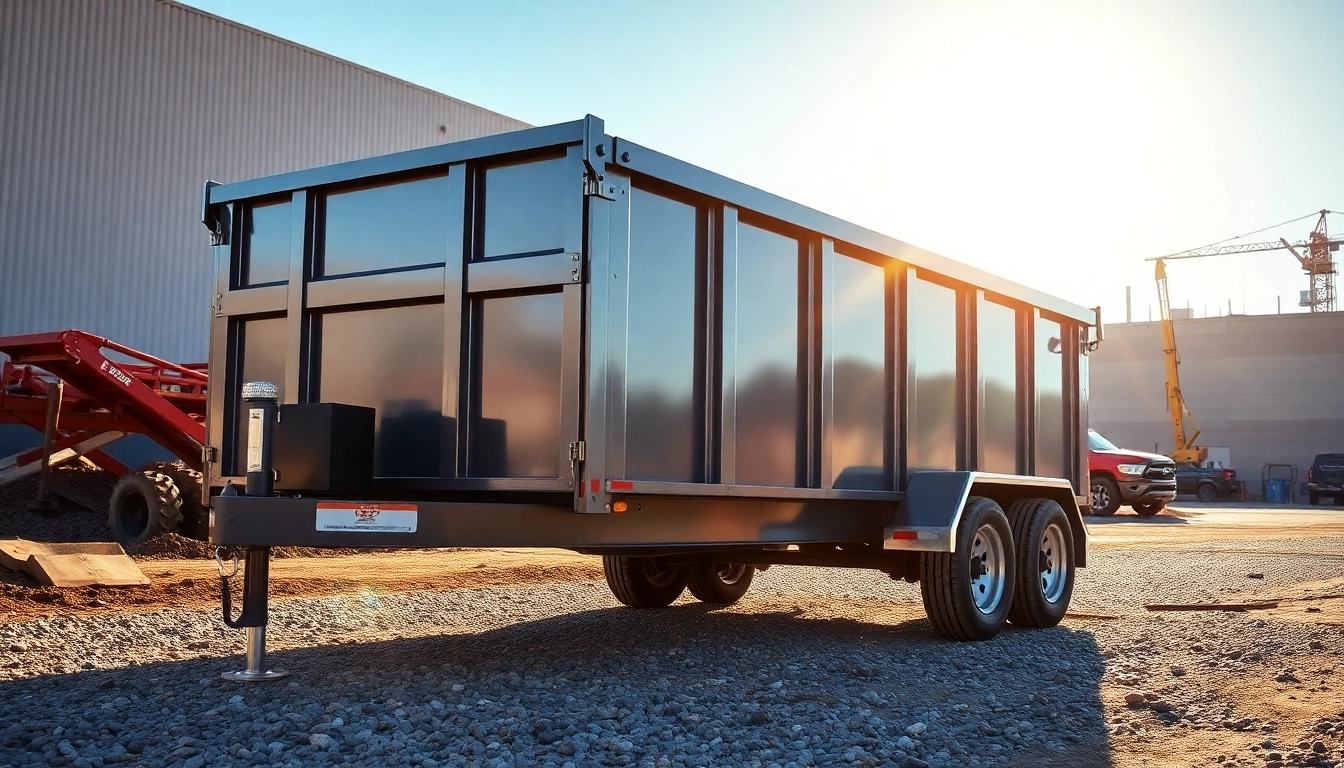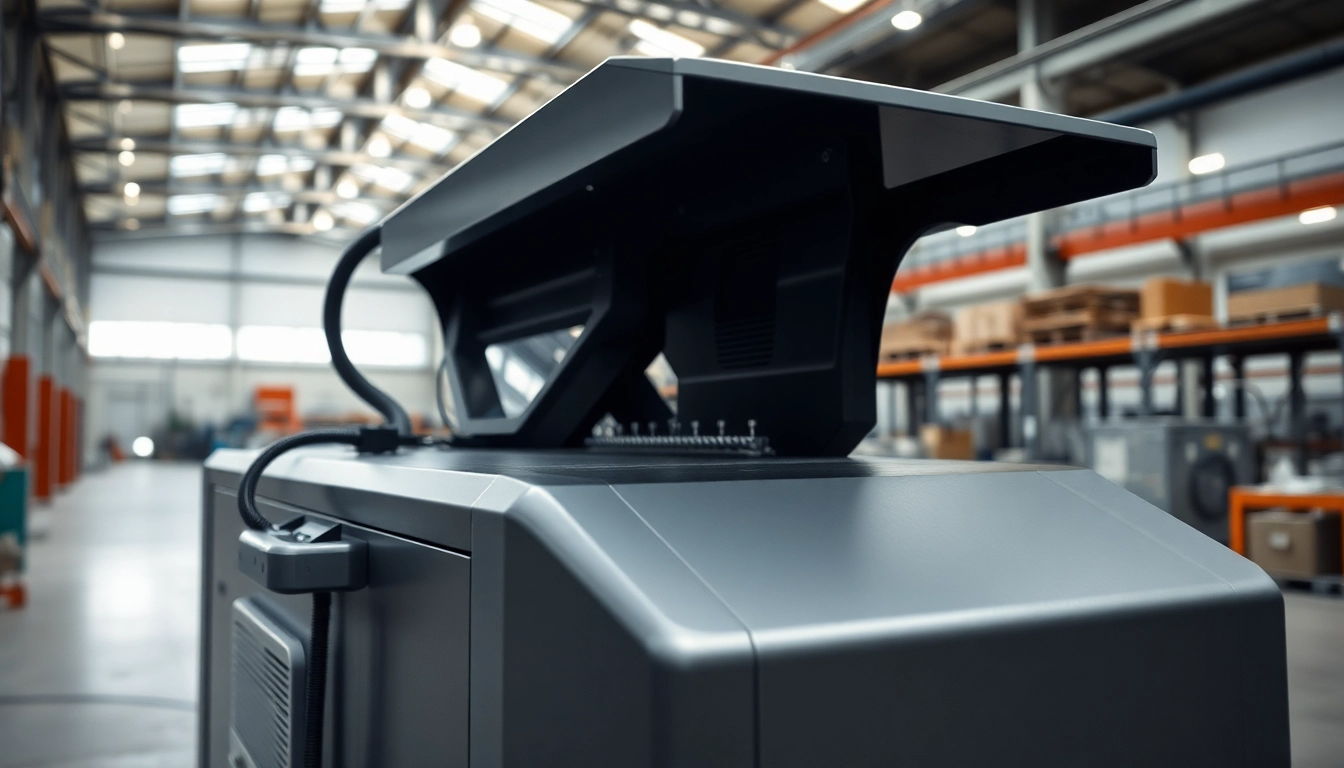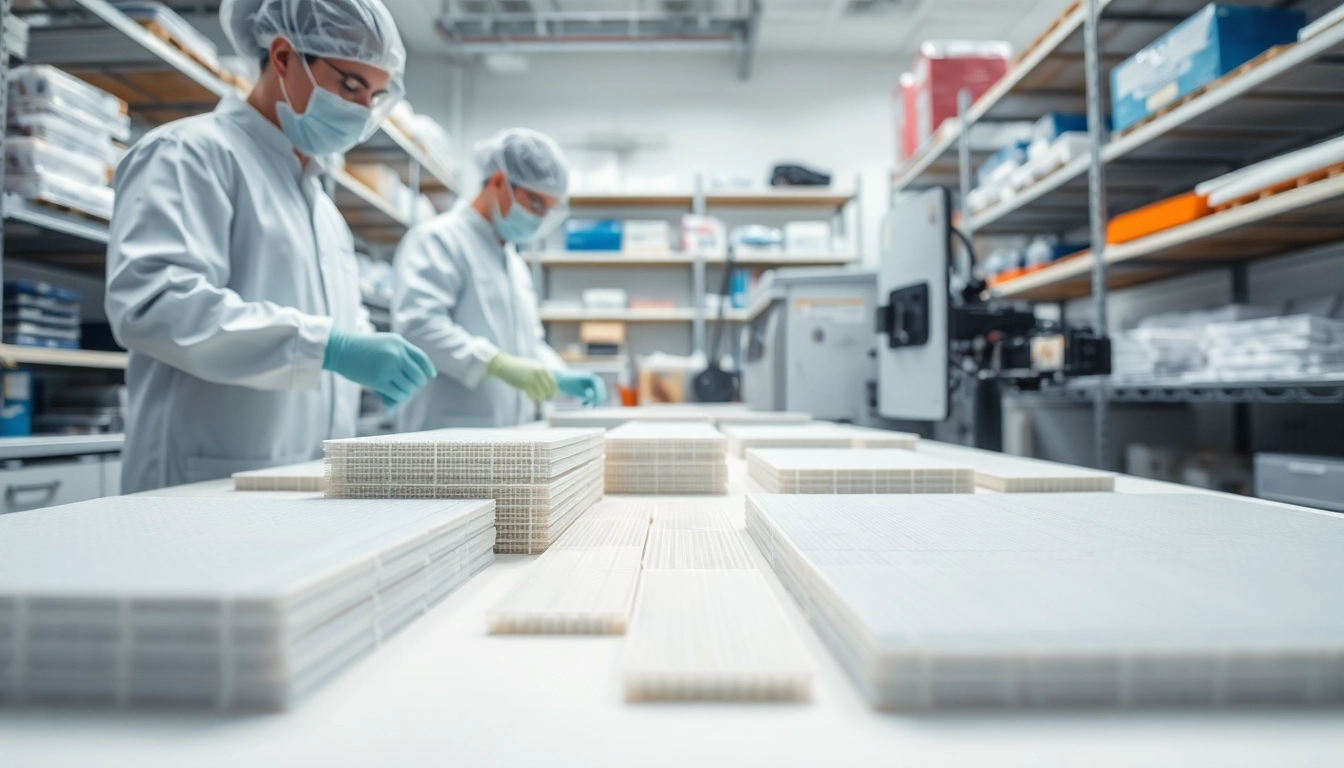Precision Die Cutting Services: Streamlining Production with Exacting Standards
Understanding Precision Die Cutting
Precision die cutting is an essential manufacturing process that converts sheets or rolls of material into custom-shaped parts. This process offers unparalleled accuracy and efficiency, making it a go-to solution for various industries, including automotive, electronics, medical devices, and packaging. The precision achieved in die cutting can significantly enhance product functionality and quality. For those interested in exploring this method further, precision die cutting plays a crucial role in modern manufacturing.
What is Precision Die Cutting?
At its core, precision die cutting involves using a die to cut materials into specific shapes. The die can be made of various materials, including steel, which is typical for high-volume production, or flexible materials for lower-volume applications. The die is shaped precisely to the required specifications of the final product, ensuring that each cut is uniform and meets defined tolerances. This method is advantageous for producing a wide range of products—from labels and gaskets to intricate components used in electronics.
The Importance of Precision in Die Cutting
The significance of precision in die cutting cannot be overstated. Fluctuations in size—even minor ones—can affect the fit and functionality of assembled parts. In industries like aerospace or medical devices, where every component must meet stringent quality standards, precision die cutting becomes indispensable. It allows manufacturers to create parts that fit together seamlessly, reducing the likelihood of errors and the need for costly rework.
Key Benefits of Using Precision Die Cutting
- Consistent Quality: Precision die cutting ensures uniformity across all outputs, which is crucial for high-volume production. This consistency helps establish brand reliability, as clients trust that their orders will match each time.
- Cost-Effectiveness: While the initial setup costs may be higher, the long-term savings from reduced waste and faster production times make precision die cutting a financially wise choice.
- Versatility: This method is adaptable to various materials, including metals, plastics, and composites, making it suitable for multiple industries.
- Reduced Waste: The accuracy of the cutting process directly impacts material usage, minimizing waste and contributing to sustainability efforts.
Types of Precision Die Cutting
Flatbed Die Cutting Explained
Flatbed die cutting uses a flat surface to hold the material while a die presses down to make the cut. This process is optimal for thicker materials and allows for intricate designs and detailed cuts. Flatbed die cutting can handle a broader range of materials compared to rotary methods, making it suitable for applications requiring precision in heavier substances, such as some plastics or specific grades of cardboard.
Rotary Die Cutting: Advantages and Applications
Rotary die cutting involves a cylindrical die that rolls over the material, cutting as it moves. This method is remarkably fast and efficient for high-volume production runs. Usually employed for cutting thin materials like labels, films, and foils, rotary die cutting can produce parts with high accuracy and lower scrap rates. Furthermore, its ability to integrate printing, laminating, and perforating functions into the same run offers considerable advantages in streamlined production workflows.
Choosing the Right Die Cutting Method
Selecting the appropriate die cutting method depends on several factors, including the material type, required accuracy, volume of production, and the complexity of the design. It is crucial to assess these parameters to optimize both production efficiency and product quality. Additionally, consultation with experts in the field can provide valuable insights into which method aligns best with specific manufacturing goals and constraints.
Materials Used in Precision Die Cutting
Common Materials for Die Cutting
Various materials can be effectively die-cut, each selected based on the application requirements. Some of the most common materials include:
- Paper and Cardboard: Widely used for packaging, printing, and crafting.
- Plastics: Common in automotive and electronics sectors for parts like panels and housings.
- Foams and Adhesives: Used in cushioning, gaskets, and seals.
- Metals: Typically thinner gauges are used for precision components and brackets in electronic devices.
Innovative Materials for Advanced Applications
As technology advances, new materials continually emerge for die cutting, including engineered composites and bio-based or sustainable materials. These innovations allow manufacturers to address specific market demands and regulatory requirements more effectively. For instance, medical applications often require materials that are both durable and biocompatible, leading to the exploration of advanced polymers.
Material Considerations for Optimal Results
Material selection is not only about compatibility with the die cutting method; it also involves understanding the material’s behavior during the cutting process. Factors such as thickness, grain direction, and texture can all affect the cutting quality. Additionally, the specific tolerances required for the finished product will aid in determining which materials are viable options for a given project.
Best Practices in Precision Die Cutting
Designing for Die Cutting Success
Effective design plays a crucial role in the success of precision die cutting. Designers must consider the cutting method, material properties, and the tolerances required. Engaging with die-cutting specialists during the design phase can lead to optimal layouts that minimize waste and enhance production efficiency. Utilizing computer-aided design (CAD) software for prototyping can also aid in visualizing how the final product will appear and function.
Cost Management and Efficiency Strategies
To ensure the cost-effectiveness of precision die cutting, it is essential to streamline operations and minimize waste. This may involve optimizing cutting layouts to maximize material usage and reducing downtime during setup. Additionally, batch production runs that utilize automated systems can enhance overall efficiency and reduce per-unit costs.
Quality Control Measures in Die Cutting
Implementing strict quality control measures throughout the die cutting process is crucial for maintaining high standards. Regular calibration of dies, consistent checks for material quality, and thorough inspections of final products can help identify issues before they escalate into larger problems. A disciplined approach to quality management not only ensures compliance with industry standards but also enhances customer satisfaction.
Future Trends in Precision Die Cutting
Technological Innovations Shaping Die Cutting
The future of precision die cutting is on the brink of transformation due to rapid technological advancements. Automation, robotics, and artificial intelligence are paving the way for improved precision and efficiency. Automated die-cutting machines equipped with sensors can adjust settings in real-time based on material variations, enhancing overall production quality.
The Growing Demand for Sustainable Practices
As sustainability becomes a crucial concern in manufacturing, the die cutting industry is embracing eco-friendly practices. This includes using recyclable materials, reducing energy consumption, and leveraging waste reduction techniques. Many firms are also opting for water-based adhesives and sustainable inks, aligning their processes with market demands for greener products.
Adapting to Market Changes in Die Cutting Services
Finally, adaptability will be key for die-cutting companies in an ever-changing market. This involves staying updated on consumer demands, advancements in materials and technology, and changes in regulatory standards. Companies that proactively adjust their services to meet these evolving needs will have a competitive advantage.













Post Comment